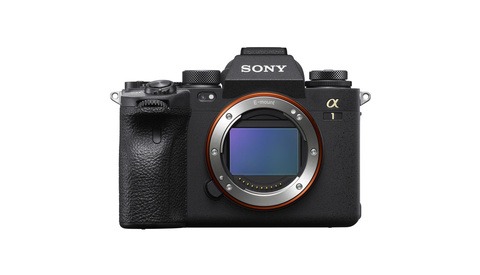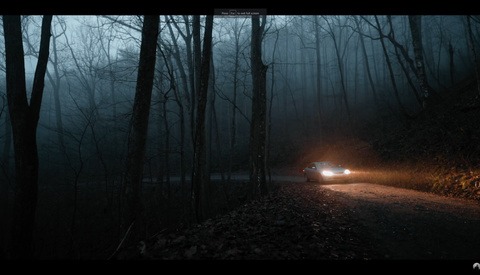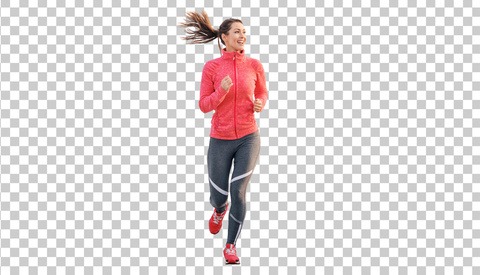A Review of the Nikon AF-S VR Micro-NIKKOR 105mm f/2.8G IF-ED Lens
A good macro lens is one of the most versatile optics a photographer can own, suitable for anything from macro work to creating ultra-sharp portraits. If you are a Nikon shooter, check out this great video review of the AF-S VR Micro-NIKKOR 105mm f/2.8G IF-ED lens.





























































